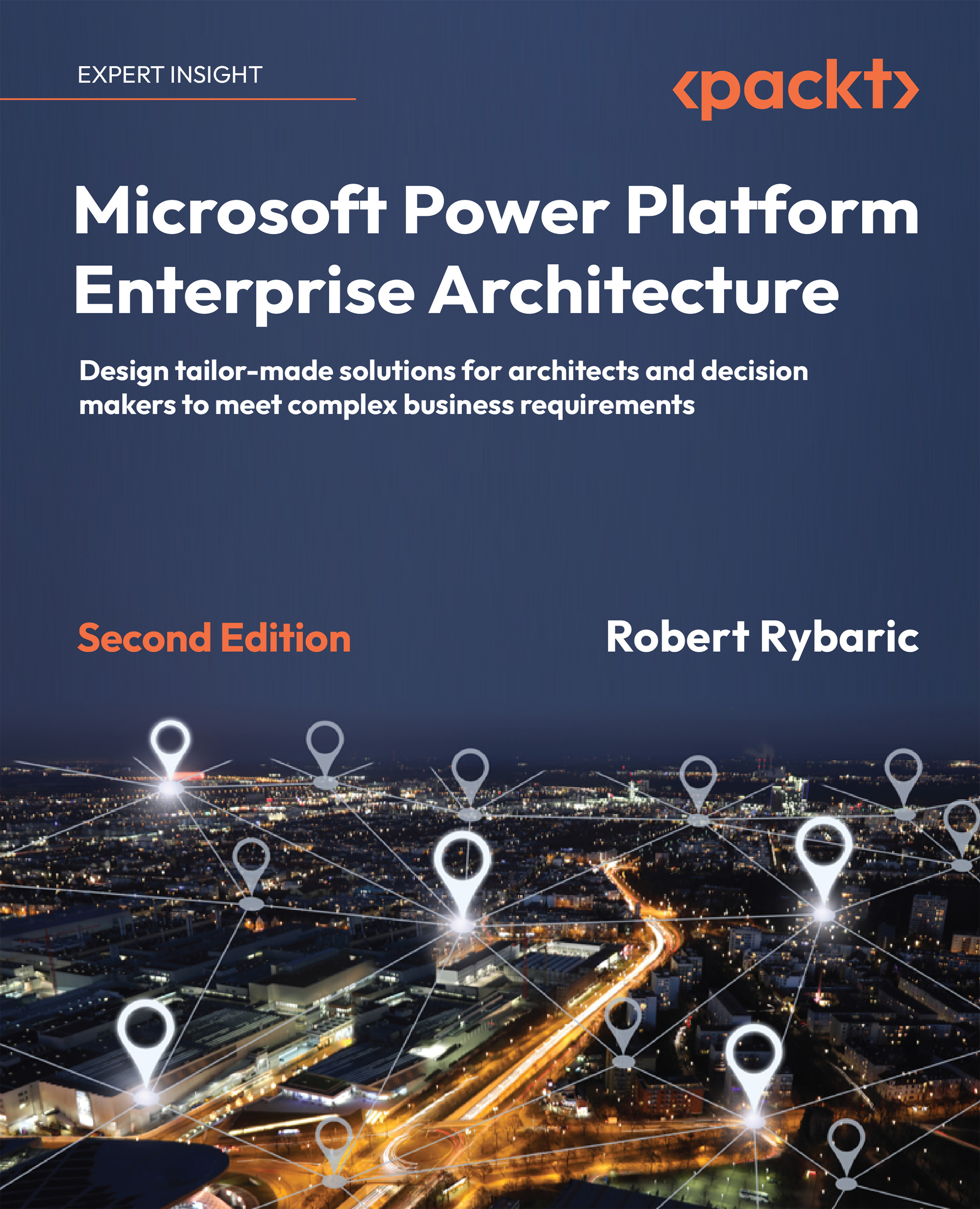Summary
In this chapter, you have learned the basics of the two other Microsoft cloud offerings: Microsoft 365 and Microsoft Azure, which are used heavily in Power Platform solutions. With this knowledge, you should be able to assess which Microsoft 365 and Microsoft Azure components will need to be part of your solution. When you start architecting your Power Platform solution you will need to consider their feasibility for security, artificial intelligence, IoT, integration into your existing IT landscape, data migration, and many more applications besides.
Now that we have considered the components we will need to utilize in our solution, the next step is to dive deeper into the Power Platform architecture, which will be the foundational knowledge for building any Power Platform solution. Specifically, we will learn about the Power Platform environments and structure, clients, administration, and monitoring.
Share your thoughts
If this book is helping...
































































